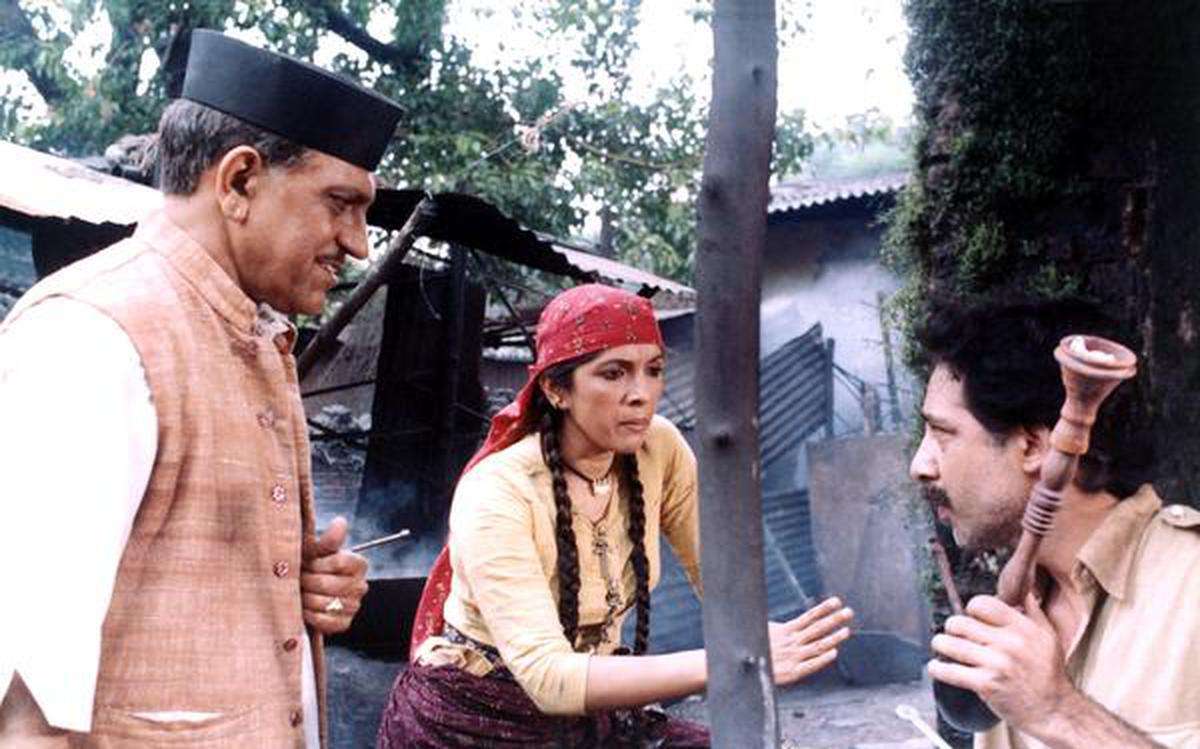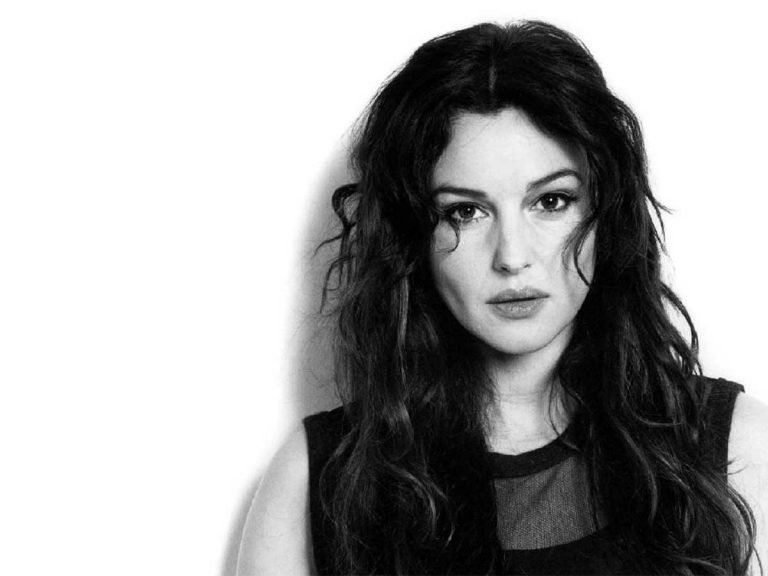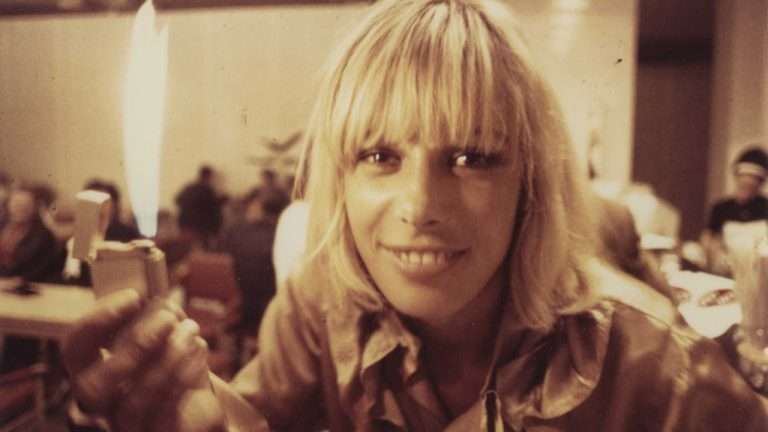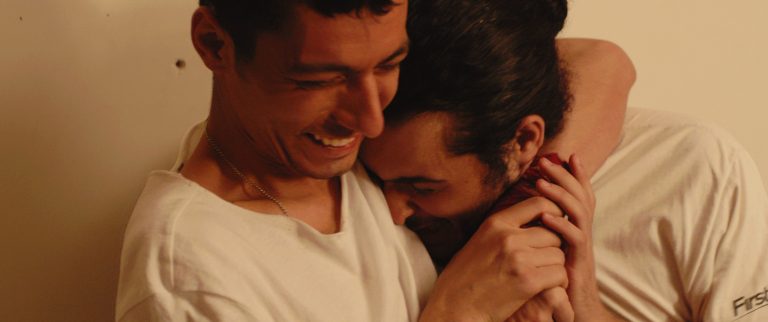Shyam Benegal has lamented time and again about the two facets of Indian Cinema that have lost their will and fervent projection of truth. Within the manifest postmodern media rhetoric, popular Hindi Cinema showcased a ‘standardized urban view of Indian society’ while making sure the total disappearance of rural India was accelerated. Benegal’s approach against such a political sidelining emphasized the association of the rural plea with the urban verdict. Whether it’s “Ankur” (1974), “Nishant” (1975), or “Mammo” (1994), the characteristics of realism are revised to document the rural subjects in their plight, extremities, and desperate predicament.
“Suraj Ka Satvan Ghoda” (1992) is a fresh take in the world of parallel cinema that breaks away from the previous juxtaposition of political impasse with issues of kinship, casteism, and superstitious milieus. An experiment in resettling time loops, this 1992 film was born out of the cradles of the novel The Sun’s Seventh Horse, written by Dharmvir Bharati. Winning the 1993 National Film Award for Best Feature Film In Hindi, this production was in tandem with the rejuvenating plethora of ‘Devdas’ genres that were increasingly created within the hemisphere. Ironically, the film opens with a tagline bemoaning the solicitous lines of another Bengali stalwart, Rabindranath Tagore – “My heart houses a virahi woman.” The film truly captures the essence of Virhan, the art of parting or separation between overlapping characters, a reminiscent memorabilia of the exchange between Krishna and Radha.
The film erupts with a debate between four friends, lamenting the idea of a ‘feminine’ Devdas, a male troubadour lacking the red-blooded, brawny, macho personality desired in the regular Indian male. It opens a pathway towards a novel conversation – ‘Should literature or love stories serve as a political affirmation? Can it change society?’ The first love story, narrated by the author, is a metalinguistic autograph by Manek Mulla (Rajit Kapoor), the protagonist. In the first chapter, ‘Namak Ki Adaigi,’ the plot opens up amidst the White Revolution, a fertile era of systematic production of milk and milk products for the entire country. Jamuna, a young lass from the mobilized middle class, finds a partner in Manek amidst the ennui of expected etiquette. Their correspondence was looked down upon due to prejudice, thus amalgamating the incoherent existence of a country-wide progress and domestic regress.

In the second story, ‘Ghode ki Naal,’ the film takes a turn towards the oppressive behavior of an aged groom, forcing the young Jamuna to marry off with an exorbitant dowry. With both his previous wives dead, Jamuna would be the happiest in the family. At least such was the idea when the greedy parents pushed her away from nativity. However, failing to have children despite repeated efforts, Jamuna had to forgo the intricacies of her class protocol and sexually associate with her horseman Ramdhan. The garrulous plotting of dejection and despair is continuous and outbound in the narratives.
The third story is a subplot featuring the soapmaker’s daughter, Sati. Adopted by the Baluchistan Regiment retired general, Sati is raped and used as the sole breadwinner of the household. It unveils the author’s own prejudgments as he tries in vain to save her from being sold off to a wealthy gold merchant. The fact that she belonged to the working class was detrimental to how she was treated. It was futile if she resisted as the yearning was overlooked by those who were aware of the class difference. The title converts into a moral as the seventh or last horse of the Sun is supposed to be the group’s weakest, slowest, or most degraded. Yet, metaphorically, all seven together would determine the chariot’s speed. This draws a brilliantly styled analogy between the mythological iconography and the false embellishments adorning the society.
Shyam Benegal’s craftsmanship integrates a method of verification and falsification. This classic method of intimate ploy and contemplation gets its inspiration from Dante’s Divine Comedy and Chekhov’s and Maupassant’s short stories. It is based on the castigation of longing, loving, and desiring. It draws an impeccably structured parallel import as the line between fiction and nonfiction is obfuscated in the end. Sitting in a tea shop reflecting on the story, Manek notices a familiar face passing through. As she looks up, he realizes it is Sita, running away from all tyranny and despotism with her infant (the rapist’s child). Is this the birth of another tale of trafficking? Is it the beginning of renewed abuse and persecution? Only the author knows.





![Dogs Don’t Wear Pants [2019]: ‘MUBI’ Review – A terrific visual treat in an imperfect film](https://79468c92.delivery.rocketcdn.me/wp-content/uploads/2020/10/Dogs-Dont-Wear-Pants-highonfilms-2-768x432.jpg)

![Asakusa Kid [2021] Review – Takeshi Kitano biopic works more as sum of individual parts](https://79468c92.delivery.rocketcdn.me/wp-content/uploads/2021/12/Asakusa-Kid-2-768x432.jpg)